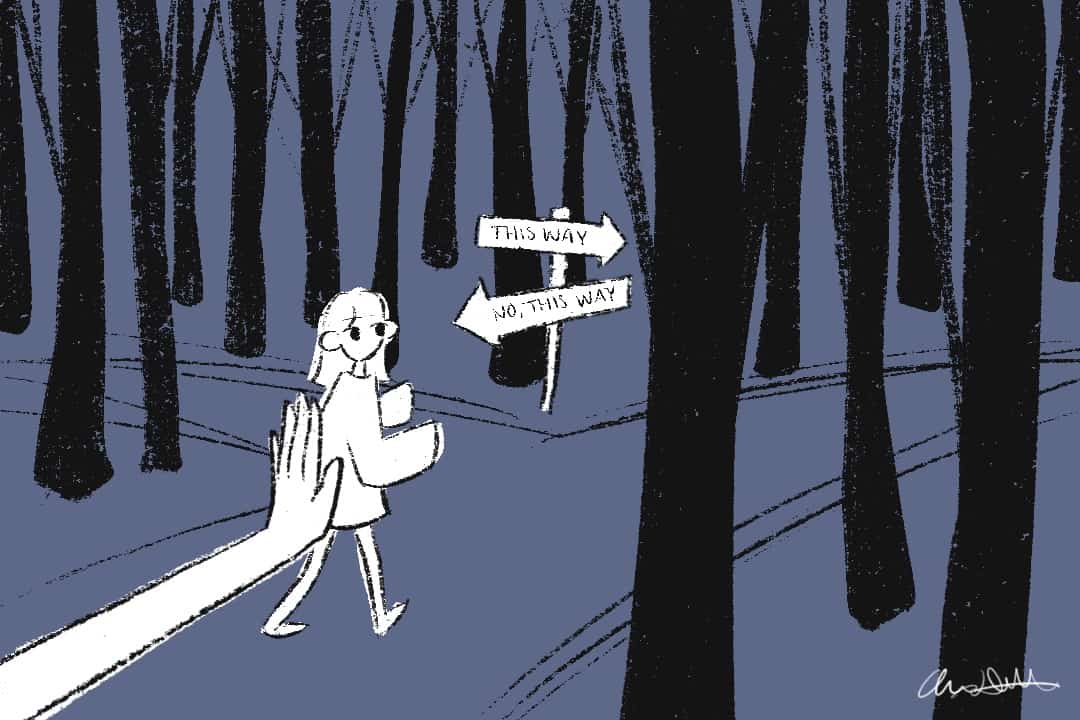Re-evaluating the Nudge - Part IV
This will be the final article in our series of articles reviewing the almighty nudge. I genuinely hope you guys have been following the comprehensive explanations and flow of discussion through Part I, Part II, and Part III! Here, I will take a look at Saghai’s [7] “corrected” definition for a nudge, and Mongin and Cozic’s [15] three extrapolations of nudges from T&S original definition. In doing this, I aim to conclude with a discussion about the impact of nudges in the social philosophy landscape.
Based on the defense that Saghai puts forth regarding the permissibility of nudges, his aim is to ensure that nudges are easily resistible and do not go beyond employing what he calls “shallow cognitive processes” – methods which primarily consume very few resources and abstain from engaging in full-blown deliberation. Based on this, he comes up with an ‘amended nudge’:
“Nudge: A nudges B when A makes it more likely that B will φ, primarily by triggering B's shallow cognitive processes, while A's influence preserves B's choice-set and is substantially noncontrolling (i.e., preserves B's freedom of choice).” [7]
In this new definition, Saghai chiefly emphasizes the importance of substantial non-control to protect the nudgee’s holistic comprehension and capacity to make choices. While he admits that this may reduce the sphere of influence of nudging, it “favors a more robust understanding of freedom of choice”. Wertheimer, in reply, critiques “Saghai states that an influence can be morally permissible even if it is ‘substantially controlling’ and, therefore, does not qualify as a nudge. So even on Saghai's definitional project it is not clear how much work it does in distinguishing the morally permissible from the morally impermissible.” [14] However, what Saghai still achieves is to show a potential route for the compatibility of choice architecture with freedom, and differentiating non-deliberative nudges from incompletely deliberative nudges. The implications of this are crucial to figure in which cases is the ‘nudgee’ truly in control of their decisions. Now let us move to what Mongin and Cozic have to say about reformulating the nudge.
Let us first remind ourselves of the formal definition of a nudge given by T&S in their book:
[A nudge is] “any aspect of the choice architecture that alters people's behavior in a predictable way without forbidding any options or significantly changing their economic incentives.” [1]
From this definition, Mongin and Cozic extrapolate three formulations of nudging in their seminal paper Rethinking nudge: not one but three concepts. Given the range of nudge examples stated by T&S and various advocates of libertarian paternalism in adherence to the above definition, Mongin and Cozic are able to classify nudges based on the partial tactic used to steer decisions in various 14 circumstances. Their aim is to show that the three evident strains of nudges have no real entailment with each other in an attempt to critique its theoretical unity as it stands. The three conceptions are as follows:
A. Nudge 1: “an intervention that interferes with the choice conditions minimally” [15] – the rearrangement of food in a cafeteria line.
B. Nudge 2: “an intervention that uses rationality failures instrumentally” [15] – the leveraging of inertia to stay opted into a savings plan.
C. Nudge 3: “an intervention that tries to reduce the negative effects of rationality failures” [15] – a subclass of welfare nudges which work via self-commitment devices, “cool off” periods, disclosure practices, and default options to combat preference reversal, thoughtless choice, framing effects, and loss aversion respectively.
I will not go into any details about their argument of how these nudges are not derivable from each other and examples often fail to respect all three of them. What is relevant to to this discussion, is the impacts of refining these nudges that they put forth in their conclusion. If we choose to explore and maintain each of these nudges independently, then each nudge can contribute uniquely to developing well-rounded public policy: a well-defined Nudge 1 can set clearer requirements for an intervention that is ‘mild’ enough to respect libertarianism. A refined Nudge 2 “would open up new avenues for policy research” [15], that is to say, move policy research outside of pure economics and into decision theory for tackling such deeply psychological interventions. Lastly, a clear-cut Nudge 3 can disentangle it from its similarities with Nudge 2 so that more foundational work can be done that directly addresses welfare-operational nudges employed in liberal paternalism.
As we have seen throughout this series, the discourse around nudging was revitalized with Thaler & Sunstein’ ideology of liberal paternalism and is rich with opinions both advocating and dissenting it. Opponents hold nudging under the scrutiny of thwarting the ideal of liberty, while proponents push its abilities to genuinely benefit society when done in a socially aware and ethically sound manner. Much discussion has been done about the theoretical pitfalls of nudging on one side and providing moral justification to its workings on the other. What we lack are more attempts to probe the foundational base of nudging and working in extra constraints that ensure that the bar for morally permissible nudges becomes high enough to be generally acceptable, as Saghai [7] has done. Along with this, parallel progress is needed in the vein of Mongin and Cozic [15], which is to take their alternative interpretations of nudging and investigating if they can be pursued in isolation for the progress of government, public policy, and political philosophy.
REFERENCES:
[1] Thaler, R. H., & Sunstein, C. R. (2008). Nudge: Improving decisions about health, wealth, and happiness. Yale University Press.
[7] Saghai, Y (2013). Salvaging the concept of nudge. Journal of Medical Ethics. 39:487-493
[14] Wertheimer A. Should ‘nudge’ be salvaged? Journal of Medical Ethics 2013;39:498-499.
[15] Mongin, P., & Cozic, M. (2018). Rethinking nudge: not one but three concepts. In Behavioural Public Policy (Vol. 2, Issue 1, pp. 107–124). Cambridge University Press (CUP). https://doi.org/10.1017/bpp.2016.16



Comments
Post a Comment